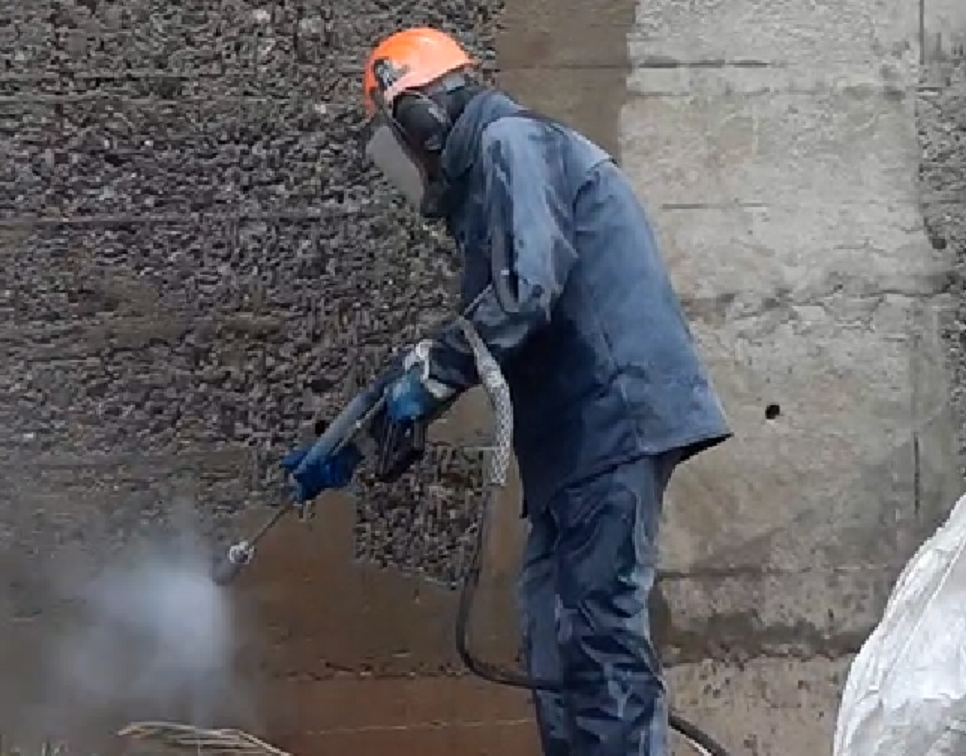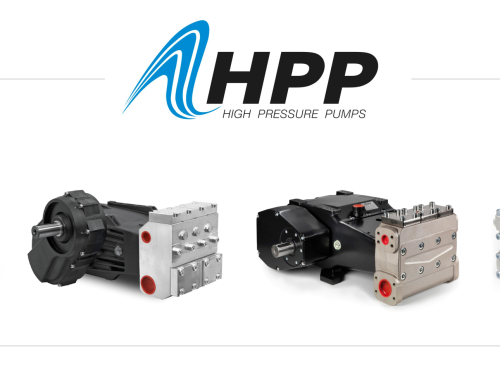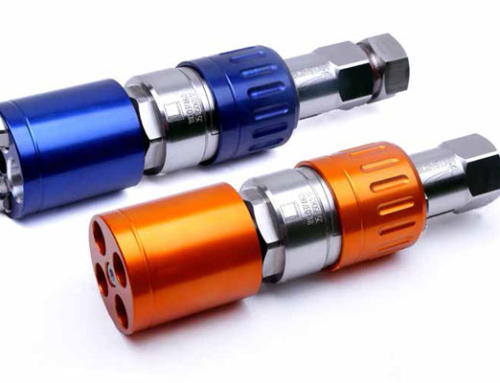L’industria edile è uno dei campi di applicazione principali per le pompe a pistoni ad alta pressione: l’idrodemolizione, infatti, è uno dei procedimenti che le impiega in maniera più efficace in edilizia.
Sono tante le fasi di lavoro in un cantiere edile che prevedono l’impiego di un getto d’acqua ad altissima pressione generata da una pompa a pistoni. Tra queste, soprattutto per ristrutturazione, riparazione, pulizia o risanamento del calcestruzzo, rientra l’idrodemolizione.
Il ripristino del calcestruzzo è uno dei lavori più diffusi in edilizia, in quanto le armature in acciaio si corrodono nel tempo a causa della carbonatazione, procurando gravi danni al cemento armato. Le conseguenze sono visibili con la formazione di crepe e scheggiature del calcestruzzo, le quali determinano la necessità di intervenire con la ristrutturazione per preservare la capacità di carico statico della struttura.
Un intervento che si può effettuare con metodi meccanici tradizionali o, appunto, mediante idrodemolizione. In questo articolo, quindi, vedremo di cosa si tratta e quali sono i vantaggi di questo metodo.
What is hydrodemolition
The high-pressure water jet has radically changed construction technology in recent decades. Initially applied in a limited manner, today these methods are recognized as fundamental in construction engineering, also for the introduction of new regulations on building restoration and for environmental protection, where water jets are superior to any other tool in terms of selective removal of material and reduction of waste to be disposed of, as well as productivity and quality of the result.
Hydrodemolition, in fact, uses a high-pressure water jet, produced by a piston pump, to remove more or less large parts of deteriorated and damaged concrete on practically all concrete structures that need renovation, repair or cleaning:
- Buildings
- Bridges
- Pillars
- Roads
- Structures and building works in general, including underwater.
Compared to the use of traditional mechanical removal equipment, such as jackhammers and milling machines, hydrodemolition removes deteriorated areas of concrete without damaging the surrounding solid material, reinforcement and steel reinforcements. Unlike a pneumatic hammer, in fact, the force applied by the water jet is extremely targeted and does not penetrate deeply or is transferred structurally, avoiding the formation of tension cracks. Furthermore, compared to mechanical methods, this process produces a rough surface which significantly favors the adhesion of cements.
How hydrodemolition works
The basic principle of hydrodemolition is the use of pressurized water to penetrate and widen the pores and micro fractures present in the weakened concrete structure. While the build-up pressure exceeds the tensile strength of the concrete, the volume of water contributes to the process by increasing speed of material removal.
The combination of pressure and volume, together with the precision regulated via the water jet nozzle, constitute the entire effectiveness of the hydrodemolition process. The nozzle, in fact, allows you to quickly and continuously move the jet over the area to be removed, while the pressure generated by the piston pump allows constant action. Finally, the various configurations envisaged for the system allow speed, distance, movement and angle to be adjusted as desired in a way that is clearly superior to mechanical methods.
Advantages of hydrodemolition
e have already seen that one of the main advantages of hydrodemolition compared to traditional methods is structural protection. Furthermore, some studies have ascertained that hydrodemolition extends the life of the treated structure, with a repair duration of between 21 and 35 years compared to only 7-12 years obtainable from mechanical cutting.
By avoiding vibrations and impacts, the reinforcement does not loosen, microfractures do not arise and the integrity of the reinforced concrete substrate is protected. Pneumatic hammers and milling machines, however, can leave layers of dust and cause cracks up to 20 millimeters wide in the residual concrete, making the surface not ready to accept a new layer of concrete and compromising the bonding of the new concrete casting. With hydrodemolition, on the contrary, the surface of the armor remains intact and rust and debris are perfectly removed.
The increase in effectiveness also corresponds to a reduction in manpower, effort and risks of accidents for operators. On the other hand, like the speed and frequency of work, it also increases safety: hydrodemolition in fact eliminates the production of fine silicon dust which is released with the mechanical cutting of concrete, masonry, rocks and granite; elements that cause silicosis, asthma, bronchopneumopathy and lung cancer. It is precisely the water from the pressurized jet that prevents the silicon from pulverizing and becoming dangerous volatile dust.
Furthermore, hydrodemolition causes less disturbance in terms of noise and vibrations, to the advantage of both operators and people who live or pass near the construction site: an important socio-economic issue, especially for contractors.
Versatility and selectivity
Among the basic principles of hydrodemolition there is selective removal: thanks to the precision of the pressurized water, only the quantity of concrete necessary for the renovation can be removed, without affecting the steel reinforcement or the intact concrete and managing to automatically eliminate local cracks.
By modulating the water pressure, therefore, we can obtain different results and versatile applications from the high pressure system. By using nozzles of different sizes and with different diameters, it is possible to adapt the power depending on the desired excavation effect, whether a certain depth of concrete needs to be reached, whether a surface needs to be prepared for a new layer or whether remove rust.
The most relevant parameters to regulate, in fact, are water pressure and flow:
- With a lower water pressure (1000 bar) we will have a more selective effect on the concrete, removing poor quality cement and safeguarding the good one.
- With a higher water pressure (2500 bar) we will have a controlled depth removal and a greater cutting effect on the concrete.






